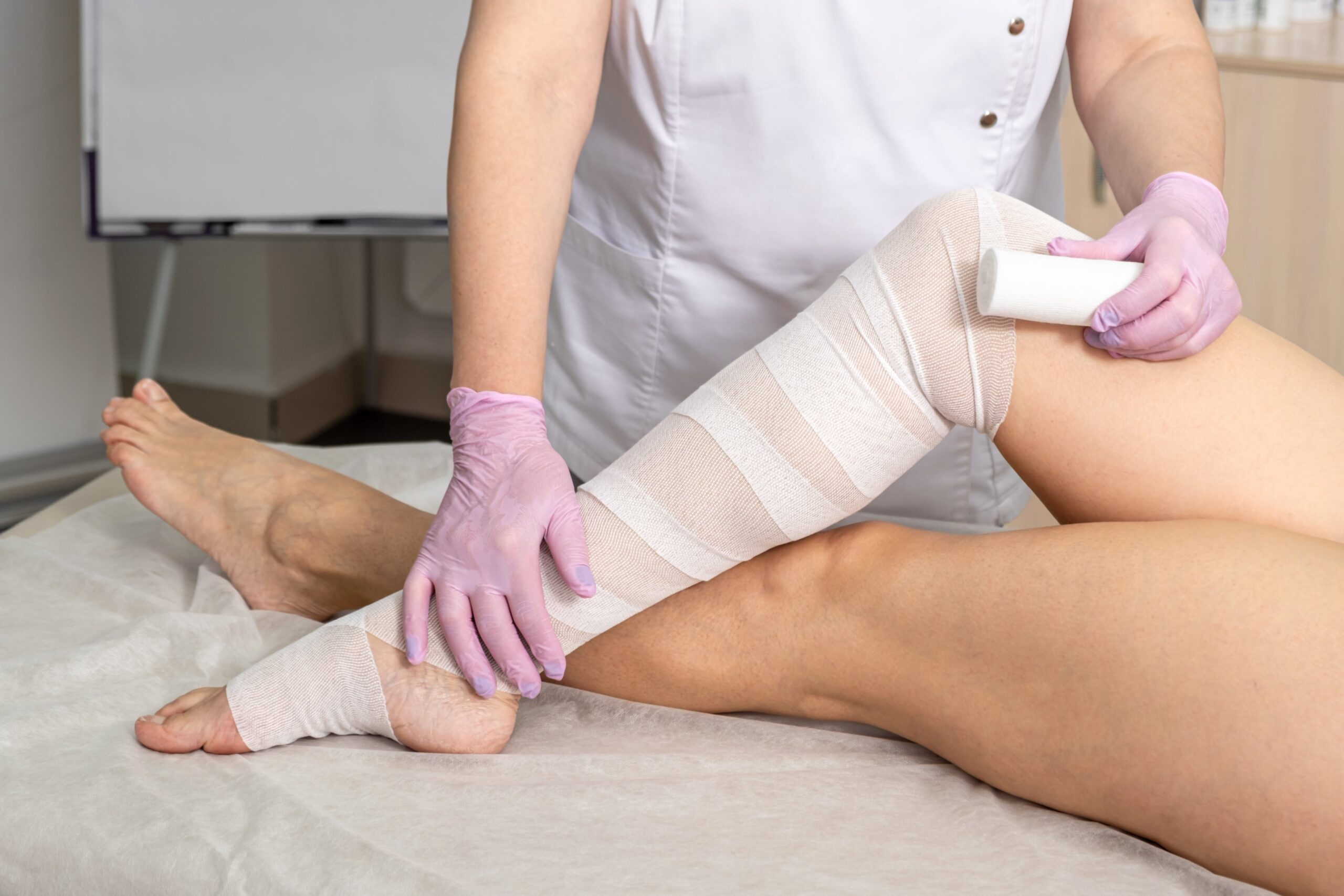Venous ulcers are open sores that typically occur on the lower legs, caused by poor blood circulation due to damaged veins. These ulcers are not only painful but also slow to heal without the right care. According to Dr. Ravul Jindal, one of the most effective non-surgical treatments for venous ulcers is compression therapy. It has long been a cornerstone in venous ulcer wound care, helping promote healing and reduce recurrence.
Why Venous Ulcers Develop
Venous ulcers are usually the result of chronic venous insufficiency—a condition where the veins in the legs fail to return blood efficiently to the heart. This causes pressure to build up in the veins, leading to fluid leakage, tissue damage, and eventually, open wounds on the skin.
Left untreated, venous leg ulcers can become infected and lead to further complications. That’s why early intervention with effective treatments, such as compression therapy, is crucial.
How Compression Therapy Works
Compression therapy for venous ulcers involves applying controlled pressure to the legs using specially designed bandages, wraps, or compression stockings. This pressure helps:
- Improves blood flow back to the heart
- Reducing swelling and inflammation
- Minimizes fluid leakage from veins
- Supports damaged vein walls
By promoting better circulation, compression therapy creates an environment that encourages faster healing of ulcers.
Types of Compression Options
There are several types of compression treatment for leg wounds, including:
- Compression bandages: Often used in clinical settings for more severe ulcers.
- Compression stockings: Ideal for ongoing management and prevention.
- Compression wraps: Adjustable and useful for varying levels of swelling.
The choice of compression depends on the severity of the ulcer, the patient’s mobility, and other health conditions.
Benefits of Compression Therapy
When applied correctly and consistently, compression therapy offers numerous benefits:
- Speeds up wound healing
- Reduces leg pain and discomfort
- Decreases the chance of ulcer recurrence
- Enhances daily mobility and quality of life
It’s also a non-invasive treatment that can be combined with proper wound care and lifestyle changes for the best results.
Best Practices for Venous Ulcer Healing
In addition to compression, managing venous ulcers includes:
- Keeping the wound clean and dressed
- Elevating the legs when resting
- Avoiding prolonged standing or sitting
- Maintaining a healthy weight and staying active
Compression therapy is a powerful tool for managing and healing venous ulcers. If you’re dealing with persistent leg wounds, don’t delay—take the first step toward healing by consulting us.


